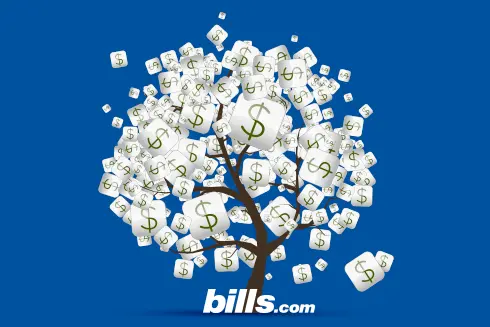
Get rid of your debt faster with debt relief
Choose your debt amount
Or speak to a debt consultant 844-731-0836
Advanta defaulted on our payment agreement and referred our account to a third party collection agent. What can we do?
We had a credit card with negotiated payment arrangement for a debt settlement. Advanta defaulted on our agreement and has referred our account to a 3rd party debt collector PCA. Advanta has told us this money was charged off. We have since made a payment to the debt collector. Should we continue to pay the debt collector if the amount has in fact been charged off? Advanta is out of business and word has it a class action lawsuit is in the works. I can think of other ways to spend $5000 if it is only to support the 3rd party collector and will not clear the charge off of the original account.
The term "charge-off" is an accounting term used by creditors, meaning that a creditor has transferred an account from its "accounts receivable" books to its "bad debt" ledger. This usually occurs between 180 and 240 days from the date of your last payment. Credit card issuers are required to do this by the federal Office of the Comptroller of Currency, in an attempt to prevent banks from inflating future earnings statements with old and defaulted accounts.
For the consumer, the only real consequence of an account charging off is the account will report as a negative item on the consumers' credit reports. The fact that an account is charged-off does not mean the debt may not be collected later. The charge-off date also does not correspond to the statute of limitations on collecting a debt, or the date that an entry on a credit record must be removed. All three dates or deadlines are independent of each other and have different meanings.
The creditor still has a legal right to collect the debt. The creditor may move the account to its own internal collections department, assign it to a collection agency to collect, or sell the debt to a third-party collection agency.
My guess -- note my word choice here -- is that given Advanta's dire financial situation, it sold the debt to the collection agency. It most likely sold the debt for five to 50 cents on the dollar.
Contact the collection agency and explain that you would like to settle this account. The collection agency may be willing to accept a reduced-rate settlement to fully resolve your outstanding debt. In many cases, I have seen creditors (in this case the collection agency is most likely the creditor) accept as little as 30% to 50% of the balance owed to resolve the outstanding debt. Generally speaking, creditors will require any settlement offer to be paid in a single, lump sum payment, though some creditors may allow you to pay a settlement over the course of a few months.
Get everything in writing
If you are able to negotiate a settlement with the creditor, I strongly encourage you to obtain a written settlement offer from the creditor prior to tendering payment. If you choose to settle this account, your credit reports may list an account status of "settled in full," "settled as agreed," or "settled for less than full balance." These account statuses are not considered as positive as a "paid in full" status, but the difference is generally negligible, especially considering the amount of money you may be able to save by settling the debt.
If you would like to read more about debt, and the options available to consumers who are struggling to pay their bills, I encourage you to visit the Bills.com debt help page and article Debt Negotiation and Settlement Advice.
I wish you the best of luck in resolving this debt, and hope that the information I have provided helps you Find. Learn. Save.
Best,
Bill
www.bills.com/

Get rid of your debt faster with debt relief
Take the first step towards a debt-free life with personalized debt reduction strategies.
Choose your debt amount
Or speak to a debt consultant 844-731-0836